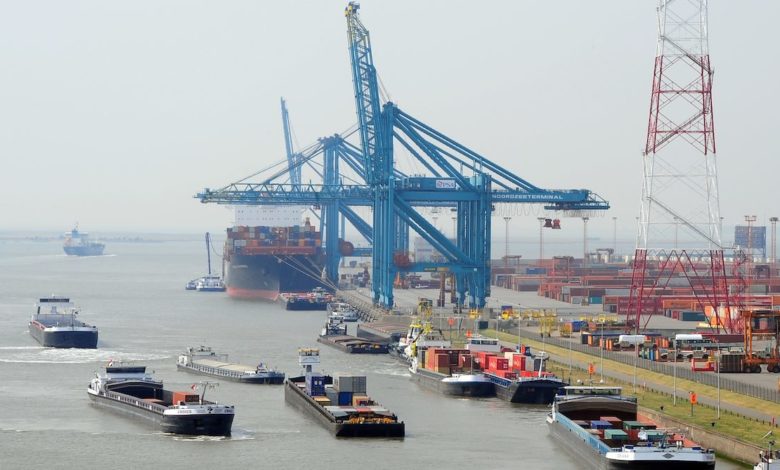European ports look at onshore power supplies

The European Sea Ports Organisation (ESPO) has released a framework document: “Towards An Intelligent Legislative Framework For Onshore Power Supply”.
ESPO stress that onshore power supply (OPS) is part of the solution to greening the shipping sector. It is an important tool for reducing CO2 emissions and air pollution at berth and in ports. The greening of the shipping sector is a priority and ports want help to facilitate this process. Many ports in Europe are therefore increasing their efforts to deploy more OPS and want (and need) to invest in OPS where it makes most sense. An ambitious OPS deployment plan entails large investments upfront as well as significant operational costs.
These costs cannot be borne by ports alone, making public funding a pre-condition for the successful deployment of OPS. For Europe’s ports, the only way to ensure a rapid deployment of OPS and avoid a waste of public funds is to focus on deploying OPS where it delivers cost-effective reductions of greenhouse gas emissions and air pollution at berth. Together with its members, ESPO has put forward a framework that can guide ports and policy makers in developing an effective and intelligent approach for OPS.
ESPO has identified key criteria to be assessed:
- The OPS readiness of the ship (or shipping segment);
- Is the vessel (segment) spending sufficient time at berth for it to make sense to connect;
- Are there frequent users of a berth – as OPS connections are easier where there are regular vessel calls at the same berth;
- Is the berth used enough to make the investment worthwhile;
- And can OPS be integrated into the planning process for new berths.
In addition to these key criteria, additional port-specific circumstances need to be considered: the location of the berth and of the port, berth size and layout to match the vessel connection, access to (public) funding, available grid capacity and access to renewable energy, and space on the berth to integrate the OPS infrastructure.
Following the release of the paper, ESPO’s secretary general Isabelle Ryckbost commented: “We believe this assessment will give policymakers a better understanding on what is needed to come to an ambitious but effective OPS deployment policy as one of the tools to reach the ultimate goal to achieve, which is the greening of the shipping sector”.

There are several problems with “cold ironing”.
New power lines to ports, new substations and so on must be paid for by someone. The ship needs to be very confident that her on board power supply is reliably back on line before moving off the berth. High current flexible power cables are awkward neighbours on a berth where cargo is being worked. Do we supply electricity to heat the ship’s auxiliary boiler(s)?